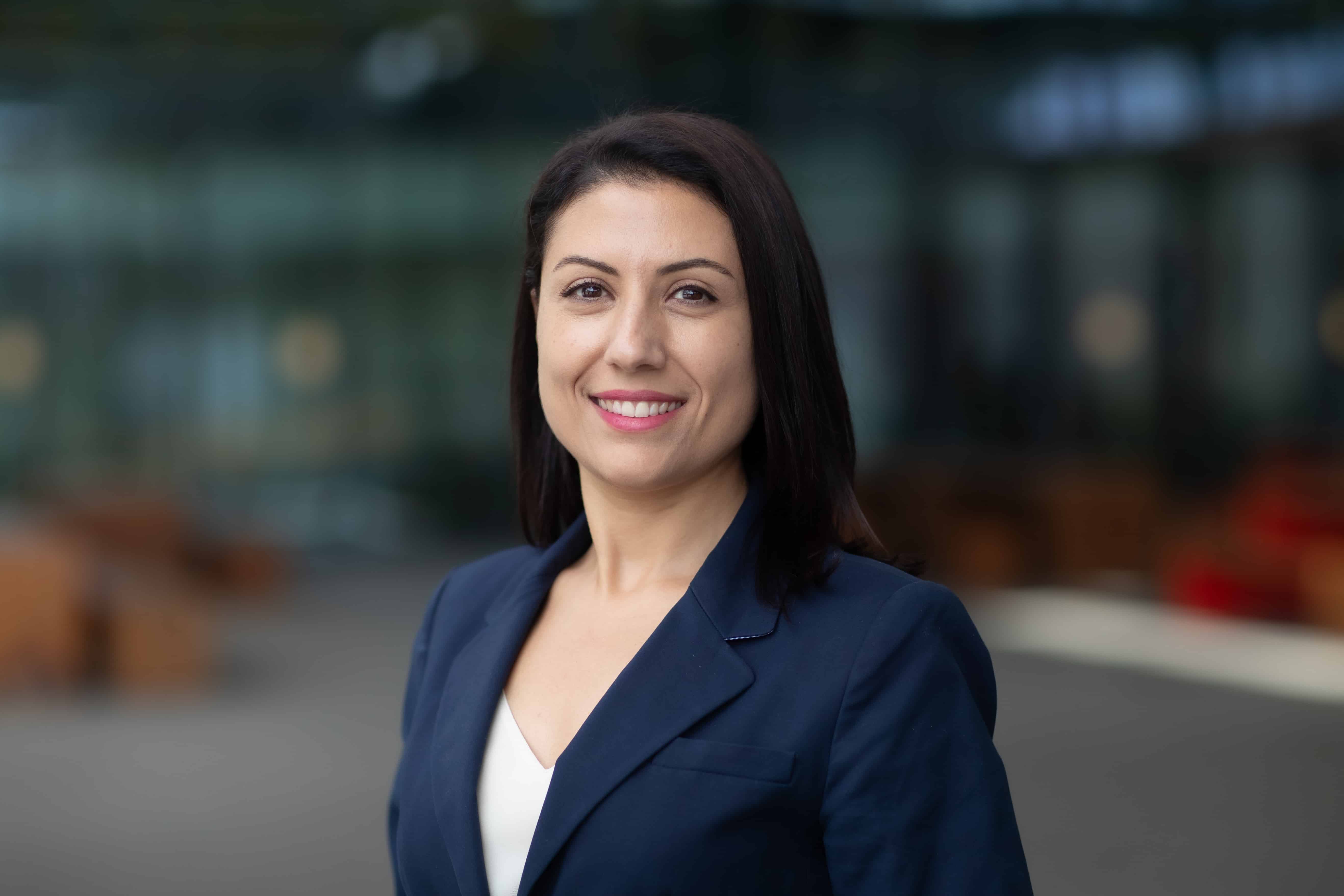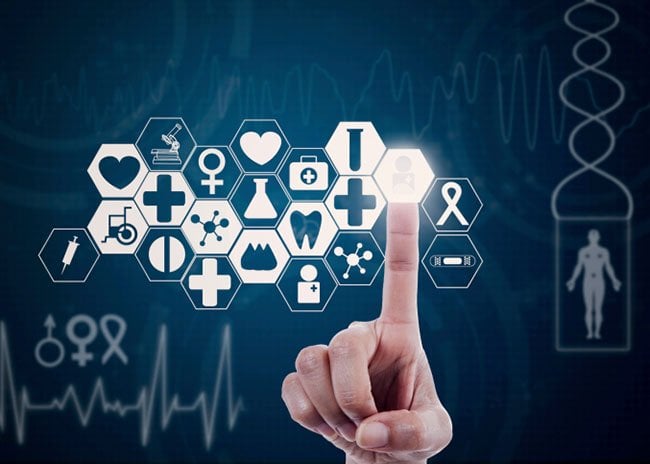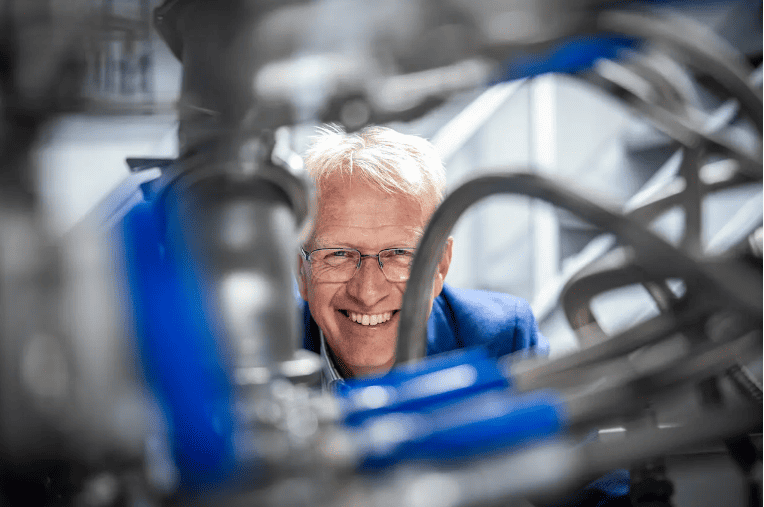
Nature’s efficiency is a marvel, and we’re taking full advantage of it in the world of medicine. Through biomanufacturing, living cells such as bacteria are used to produce life-saving drugs. However, there’s a significant drawback: they come with a hefty price tag. This is where Tugce Martagan steps in. In the upcoming five years, the researcher from the Technical University of Eindhoven (TU/e) is poised to help revolutionize the field of medicine. Her research is funded by the prestigious VIDI grant.
Why you need to know this:
Biopharmaceuticals are pricey. To help as many people as possible in healthcare, it is essential to make those drugs more affordable.
Can you explain what biomanufacturing is?
“Biomanufacturing is a pharmaceutical manufacturing process that involves using living cells, such as bacteria, to produce drugs. As I often describe it, in traditional pharmaceutical manufacturing, you rely on chemical interactions. You can think of this process like assembling a bicycle. However, in biomanufacturing, it’s more like piloting a private jet – highly complex, variable, and with unique challenges.”
Congratulations with your VIDI-grant, by the way!
“Thanks! I’m super excited. Hopefully, my research will contribute to making biomanufactured medication more affordable.”
Can I infer from your answer that biomanufactured drugs are expensive?
“They are, absolutely. And making them more affordable is crucial for several reasons. Firstly, these drugs often target life-threatening conditions such as cancer or rare diseases, where affordability can directly impact patient access to essential treatment. Secondly, the high cost of biopharmaceuticals not only burdens patients but also healthcare systems and insurers. So we can alleviate financial strain on both individuals and healthcare systems.”
So how exactly are you doing that?
“By means of so-called operations research. Think about a range of methodologies such as optimization models, decision support tools, AI-driven decisions, and simulation models. Essentially, all these models involve mathematical analysis. The goal is to utilize these tools and techniques to streamline production processes, making them more efficient.”
Can you give an example of how your research has had a positive impact on the real world?
“Let me tell you about our nine-year collaboration with MSD Animal Health in Boxmeer. In this project, we focused on animal health products. Vaccines, specifically. As you see, biomanufacturing goes beyond human medication.
We harnessed the power of machine learning and simulation techniques to foresee and manage specific processes, resulting in a boost in yield (the amount of usable output) and a reduction in yield variation (the batch-to-batch variability).
By making use of these optimization tools, we helped the company save around €200 million, without the need for additional investments or capacity expansion. A pretty good result.”

Are there other benefits you anticipate from your research besides making medication more affordable?
“By optimizing production processes, we enhance not only efficiency, but also improve sustainability. For instance, in the project I just described, we were able to produce more products with fewer resources. And that has a positive impact on the environment as well. Consequently, we now require 40% less energy to produce the same volume of product.”
Is your research relevant beyond the pharmaceutical industry?
“In my VIDI grant research, I’m expanding the scope to target multiple stakeholders in the healthcare industry. For example, I will focus on collaborating more closely with hospitals to explore the dynamic interactions between hospitals, manufacturers, pharmacies, and regulators. Optimizing the dynamics of biopharmaceutical supply chains is particularly important to support personalized medicines and gene therapies.
We will also work with policymakers, by building decision support models to help them understand what is the impact of different policies on, for example, the price of medication.”
What has been the most major challenge in your research career up until now?
“In the earlier stages of my career, it took me a long time to understand how to effectively connect many worlds: Operations research and artificial intelligence and life science, but also theory and practice. How can I demonstrate the potential benefits of using these methods in biomanufacturing practice? Over time, I realized that this is also the beauty of interdisciplinary projects: creating synergies and breaking down barriers. At the end of the day, as a researcher and a teacher, all I care about is making this world a better place.”
What are you most proud of in your career so far?
“Seeing our research making a difference out there in practice has been very rewarding. Looking back, I am also proud of all my students who have contributed to the development of new models and approaches to improve biomanufacturing processes. Operations research and artificial intelligence have transformed many industries, but there is still a large gap when it comes to applying this in biomanufacturing. It has been an exciting journey for me to help this new scientific community grow.”








